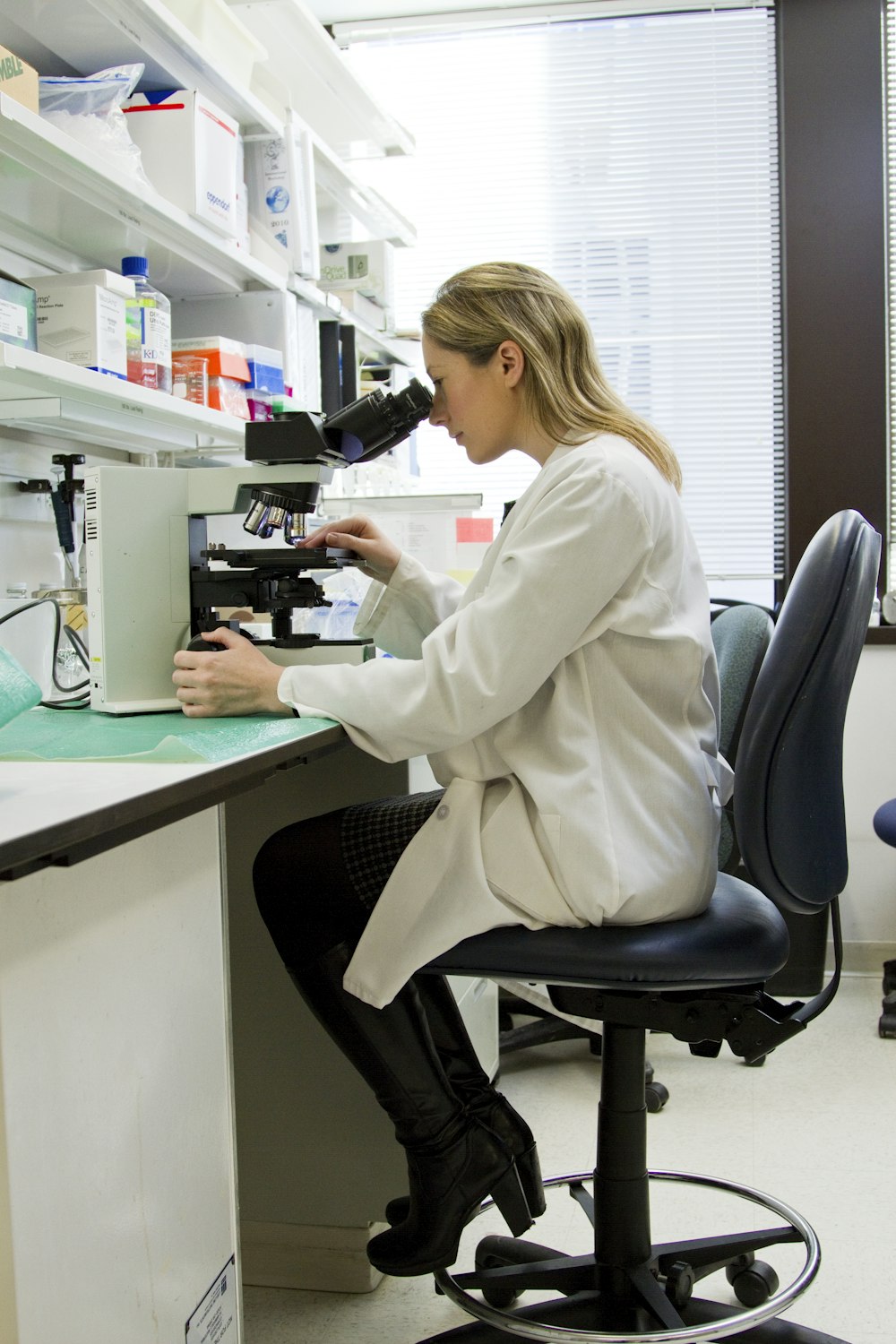From Murky to Pristine: The Science of Cleaning Up Paper's Act
How scientists are tackling the colorful wastewater problem in agro-pulp industries with innovative, sustainable solutions
Imagine a world without paper—no books, no packaging, no notepads. Now, imagine if making that paper turned rivers into murky, brown streams, choking aquatic life. This was the stark reality for many communities near paper mills, especially those using agricultural waste like sugarcane bagasse or wheat straw. The culprit? A stubborn, dark-coloured wastewater. But science is fighting back with ingenious methods to remove this colour, turning an environmental problem into a story of innovation. This is the quest to decolorize the agro-pulp industry, a crucial step towards a more sustainable cycle of production.
The Root of the Problem: Why is Agro-Pulp So Colourful?
First, let's understand where the colour comes from. Paper is made from cellulose fibres, the structural component of plants. Agro-based industries use leftover materials like sugarcane bagasse, which is the fibrous residue after juice extraction.
Plant Composition
Plants aren't just cellulose; they're complex biochemical fortresses containing a dark, glue-like substance called lignin. Lignin binds the cellulose fibres together, giving plants their rigidity.
Chromophores
During chemical pulping, lignin fragments break down into smaller molecules with chromophores - the part of a molecule that absorbs light in the visible spectrum, giving it colour.
Environmental Impact of Untreated Effluent
Blocks Sunlight
Prevents photosynthesis in aquatic plants
Consumes Oxygen
Suffocates fish and aquatic organisms
Adds Toxins
Releases harmful compounds into ecosystems
The Arsenal of Clean: Methods of Colour Removal
Scientists have developed a multi-pronged approach to tackle this coloured effluent, broadly categorized into three groups:
- Coagulation/Flocculation: Adding chemicals to clump colored particles
- Adsorption: Using activated carbon as a molecular sponge
- Advanced Oxidation: "Bleaching" water with powerful oxidizers
- Microbial Degradation: Bacteria/fungi that eat color compounds
- Enzymatic Treatment: Using purified enzymes to break down chromophores
- Bio-electrochemical systems: Combining biological and electrochemical processes
- Photocatalysis: Using light-activated catalysts with biological agents
A Deep Dive: The Fungal Cleanup Crew in Action
One of the most promising and sustainable solutions lies in the world of mycology—the study of fungi. Let's look at a key experiment that demonstrates the power of a specific fungus, Trametes versicolor (a type of white-rot fungus), to decolorize bagasse pulp effluent.
"White-rot fungi are nature's premier lignin decomposers, equipped with specialized enzymes that break down complex plant polymers."
The Experimental Blueprint
Objective
To assess the efficiency of Trametes versicolor in removing colour from sugarcane bagasse pulp effluent and to identify the optimal conditions for this process.
Methodology: A Step-by-Step Guide
- Effluent Collection & Preparation: Raw, coloured effluent was collected from a bagasse-based pulp mill and filtered to remove large particles.
- Fungal Inoculation: Trametes versicolor was grown in nutrient broth and introduced into flasks containing the effluent.
- Incubation Period: Flasks were placed in a controlled shaker incubator for several days.
- Sampling & Analysis: Samples were taken at regular intervals and centrifuged to remove fungal biomass.
- Colour Measurement: Cleaned samples were analyzed using a spectrophotometer at 465 nm wavelength.
| Material | Purpose |
|---|---|
| Bagasse Pulp Effluent | The colored wastewater sample |
| Trametes versicolor | Fungal biocatalyst |
| Nutrient Broth | Supports fungal growth |
| Spectrophotometer | Measures color absorbance |
| Laccase & Peroxidase | Key enzymes for degradation |

Laboratory setup for analyzing wastewater treatment efficiency
Results and Analysis: A Clear Victory for Fungi
The results were striking. Over the 72-hour period, the fungus Trametes versicolor achieved a remarkable 85-92% reduction in colour. The dark brown wastewater turned a pale yellow, almost clear.
92%
Color Reduction
Achieved by Trametes versicolor in 72 hours
| Treatment Method | Color Removal | Sludge |
|---|---|---|
| Coagulation/Flocculation |
|
High |
| Activated Carbon |
|
Medium |
| Ozonation |
|
Low |
| T. versicolor |
|
Low |
Scientific Importance
This experiment wasn't just about making water clearer. It proved that a biological agent could effectively and efficiently degrade the complex lignin-derived molecules that physical/chemical methods often struggle with. The fungus uses its unique enzymatic toolkit (laccases and peroxidases) to break the chemical bonds in the chromophores, mineralizing them into simpler, harmless compounds like carbon dioxide and water. This method is not only highly effective but also produces less chemical sludge and has a lower energy footprint compared to conventional methods .
A Clearer, Brighter Future
The journey to clean up the pulp and paper industry is a brilliant example of turning to biology for solutions to industrial problems. By harnessing the innate power of organisms like Trametes versicolor, we are moving away from energy-intensive chemical processes towards a more circular and sustainable model .
This research doesn't just aim to make wastewater clear; it aims to clear the path for industries to operate in harmony with the environment, ensuring that the paper we use every day doesn't come at the cost of our planet's health. The next chapter in this story will focus on scaling these lab-scale successes to industrial levels, a challenge that scientists and engineers are eagerly tackling .
Pilot Plants
Testing fungal treatment at larger scales
Genetic Engineering
Enhancing enzyme production in fungi
Circular Economy
Converting waste into valuable byproducts

The goal: Clean water systems supporting healthy ecosystems